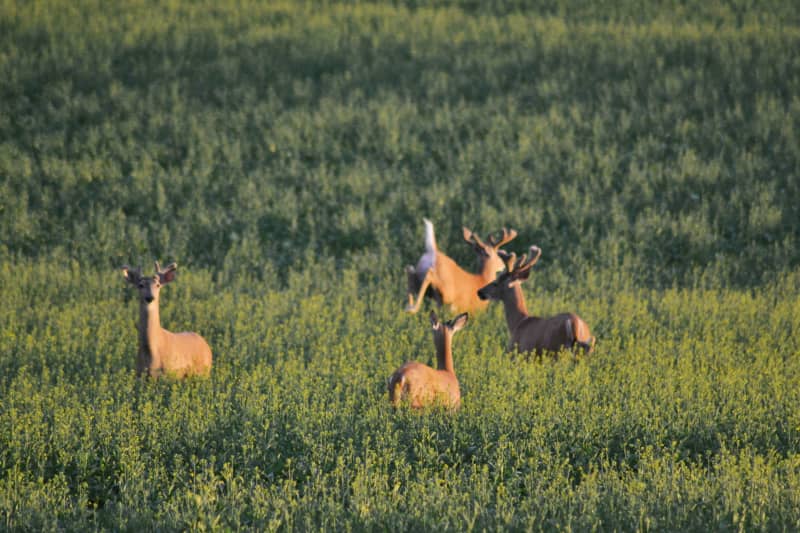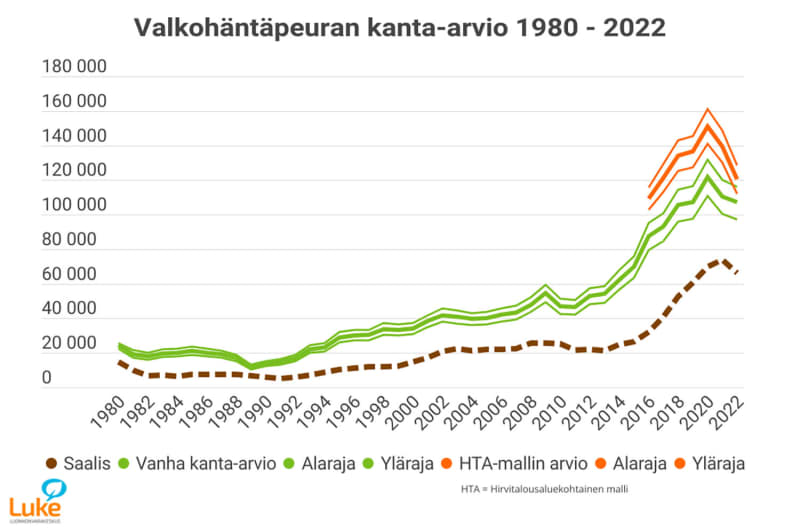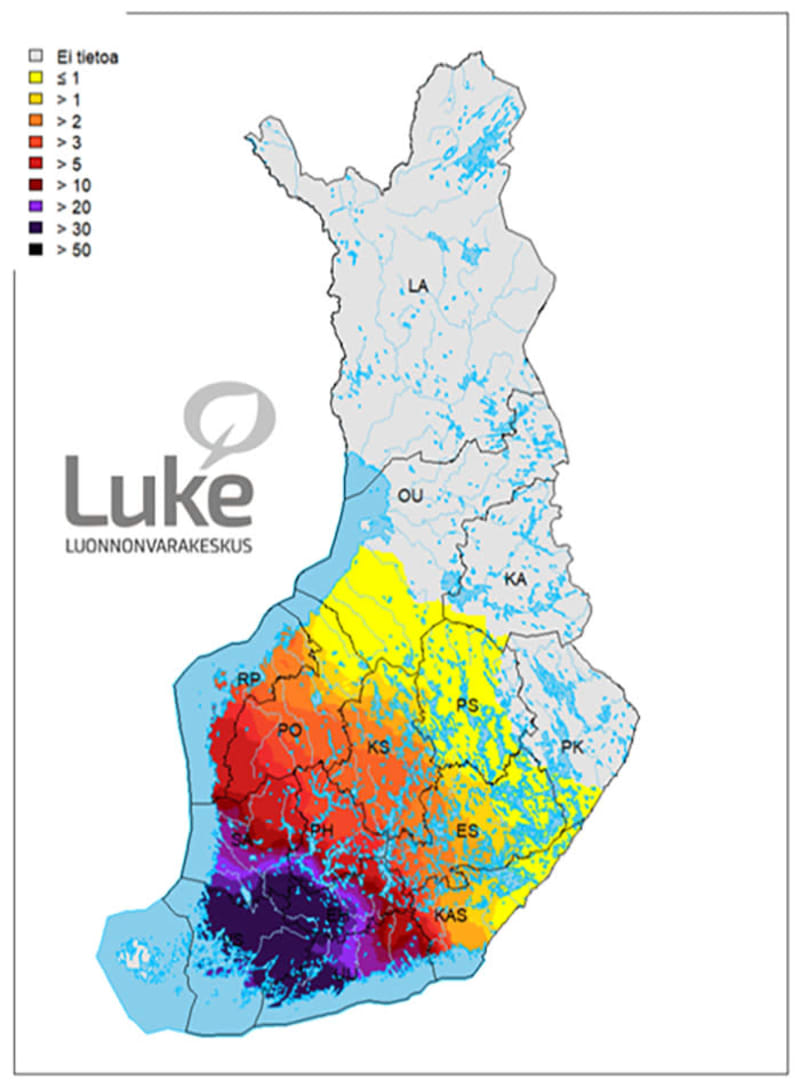
In its stock assessment, the Natural Resources Institute Finland found a 13.6% decline in the population from last year. The structure and regional distribution have remained unchanged.
There were around 120 000 white-tailed deer in Finland in winter 2022-2023. This information comes from a population estimate commissioned by the Natural Resources Institute Finland (Luke).
The change was greatest in the densely populated areas of Varsinais-Suomi, South Häme and Uusimaa.
– Intensified hunting to reduce the population seems to have paid off,” says Aikio.

The development of the stock assessment has been accelerated by the rapid growth of the white-tailed deer population and the need to manage its effects.
The estimate implemented now has been calculated using a new deer economic area-specific model (HTA).
The new model utilizes regional information and is thus an important step in the development of research-based game management.
─ The advantage of the HTA model is the consideration of regional differences affecting productivity and mortality, thanks to which a more reliable estimate can be obtained, especially in areas with a dense population, Aikio says in the press release.
Stock structure and regional distribution unchanged
According to the estimate, there are 59 fawns per hundred adults in the entire country’s white-tailed deer population. The sex distribution of the adult population was 1.25 females per one male.
Compared to last year, there is a slight decrease, but according to Luke, the change fits within the margin of error of the estimate.

The regional distribution of the stock is similar to the previous year. The size of the population decreased in all game center areas and in the majority, i.e. approximately 63 percent, of the game management associations practicing white-tailed deer hunting.
In the hunting season starting in autumn 2023, reducing the size of the stock from the current level would require a catch of 61,000-67,000 individuals. The estimate is based on the indicators of the size and structure of the current stock.
